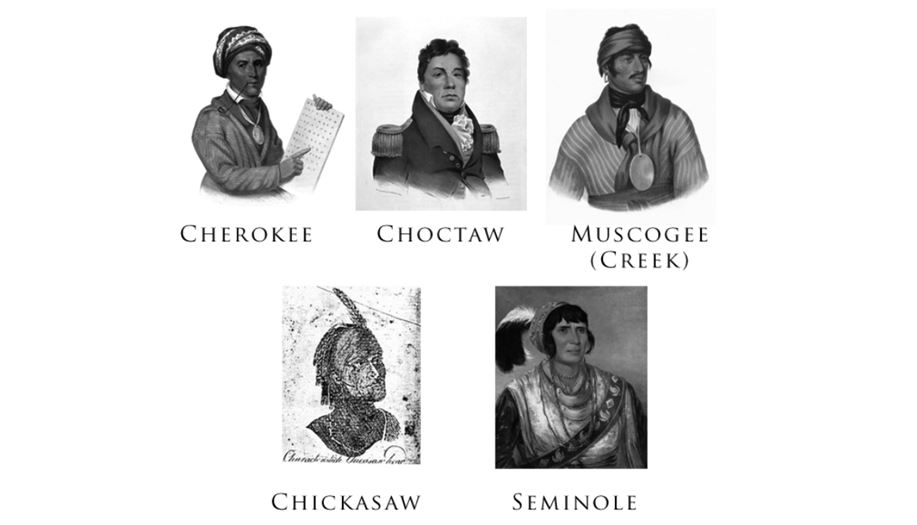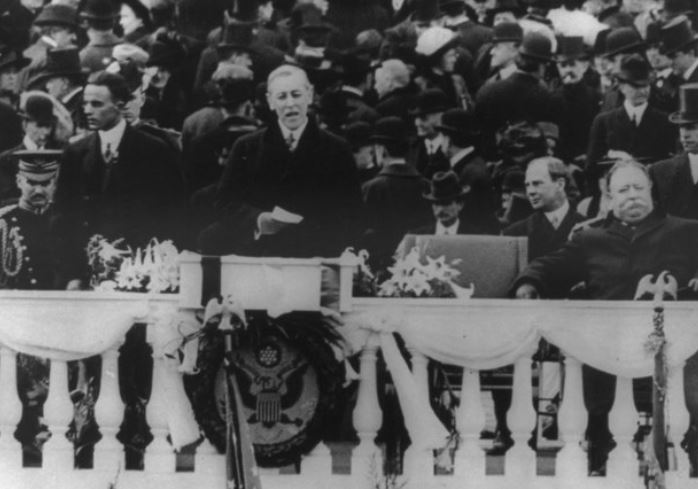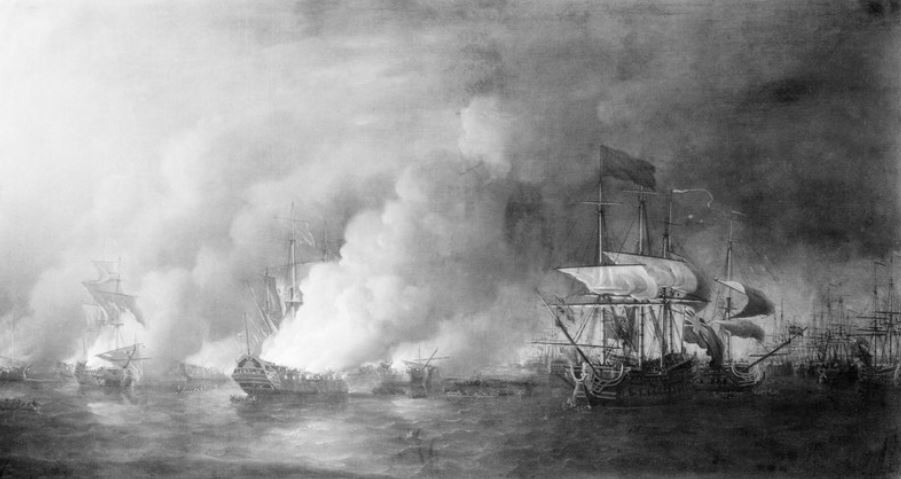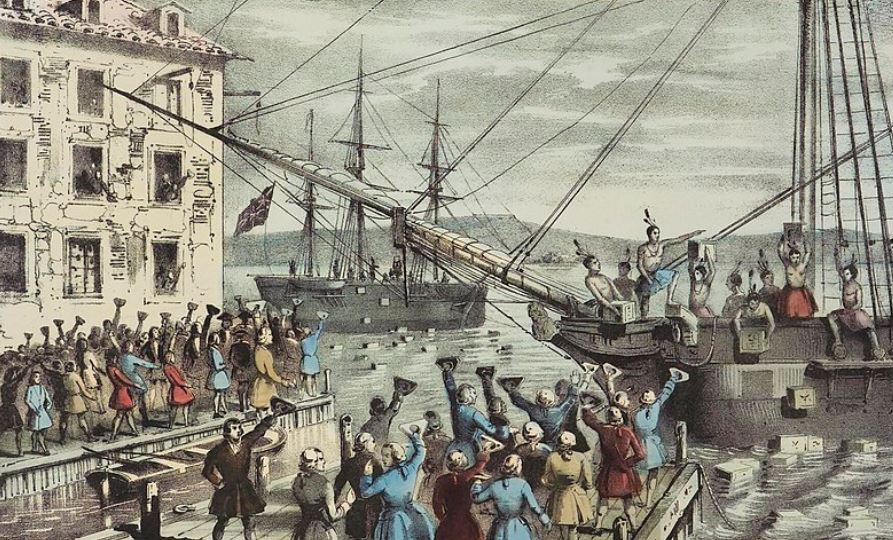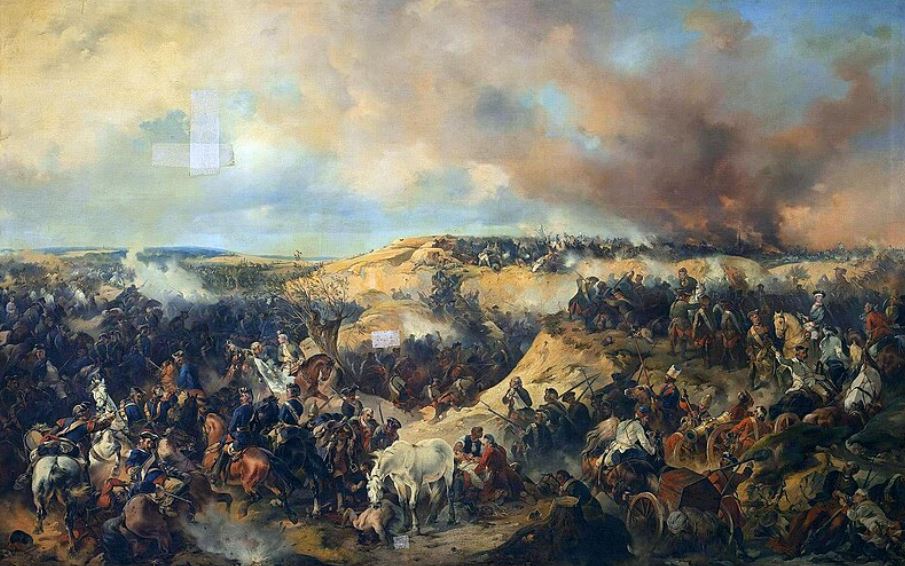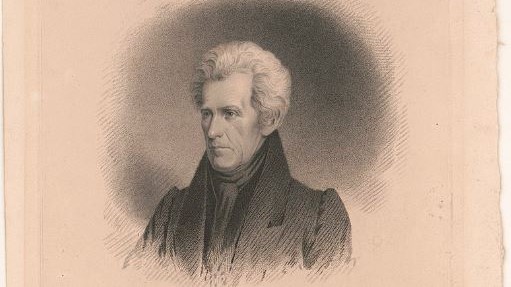Andrew Jackson, the seventh President of the United States, is a controversial figure in American history. While he is remembered for his military exploits and his role in shaping American democracy, his presidency is also marked by one of the darkest chapters in the nation’s history: the forced relocation of Native American tribes.
This article examines President Andrew Jackson’s policies towards Native Americans and their devastating consequences.
- 1. President Andrew Jackson and the Indian Removal Act of 1830
- 2. The Indian Removal Act and the Trail of Tears
- 3. The Cherokee Removal: A Case Study in Cruelty
- 4. President Andrew Jackson and his Defiance of the Supreme Court
- 5. The Aftermath and Long-Term Consequences
- 6. President Andrew Jackson: A Legacy and Historical Reassessment
- 7. Lessons for Today
- Further Reading
1. President Andrew Jackson and the Indian Removal Act of 1830
Perhaps the most egregious example of President Andrew Jackson’s tyrannical tendencies was his treatment of Native Americans.
In 1830, President Andrew Jackson signed the Indian Removal Act into law, a piece of legislation that would forever alter the landscape of America and the lives of countless Native Americans.

This act allowed the federal government to exchange Native American land east of the Mississippi for new lands to the west. It effectively paved the way for widespread displacement and suffering.
President Andrew Jackson’s justification for this policy was rooted in his belief that there was no practical means of stopping white settlers from encroaching on Native American lands.
He argued that the best way to prevent bloodshed was for the tribes to move west of the Mississippi.
This reasoning, however, ignored the fundamental injustice of forcibly relocating entire peoples from their ancestral lands. It disregarded centuries of Native American history, culture, and connection to the land they called home.
The Indian Removal Act was a clear violation of existing treaties and legal precedents that recognized Native American sovereignty over their lands. It prioritized the interests of white settlers over the rights and well-being of Native American communities. This set a dangerous precedent for future policies.
This act effectively nullified previous agreements between the U.S. government and Native American tribes, undermining the trust and diplomacy that had been built over decades.
Moreover, the act reflected a broader ideology of Manifest Destiny, the belief that white Americans were destined to expand across the continent.
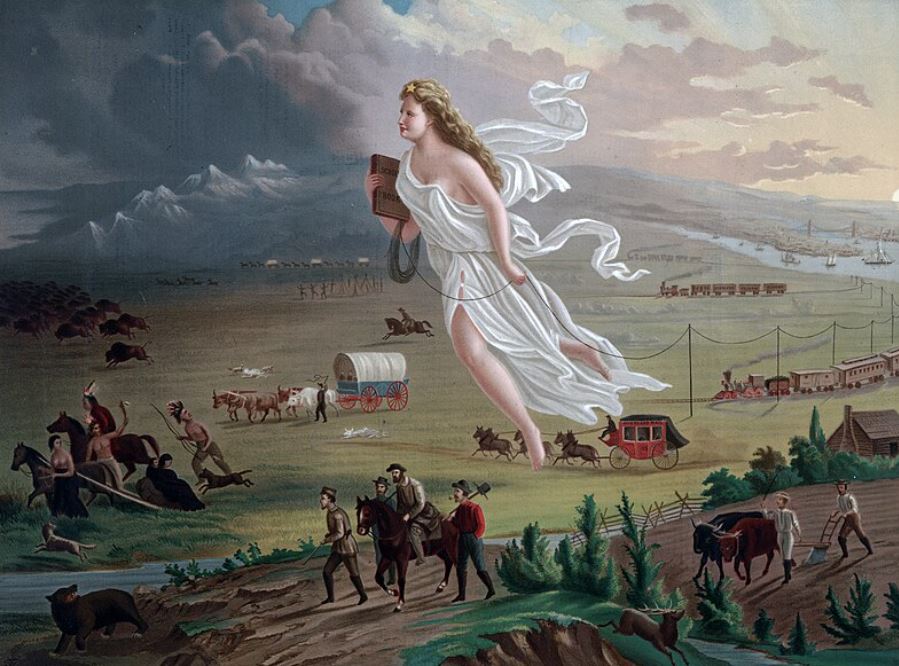
This ideology, coupled with racist attitudes towards Native Americans, fueled the push for removal and expansion. The act’s passage marked a turning point in U.S.-Native American relations, initiating a period of forced relocations that would have devastating consequences for Native communities for generations to come.
2. The Indian Removal Act and the Trail of Tears
The implementation of President Andrew Jackson’s the Indian Removal Act resulted in one of the most tragic episodes in American history, known as the Trail of Tears.
This name was first used by a Choctaw chief to describe the suffering of his people. It has since become synonymous with the forced relocation of Native American tribes in the 1830s.
It stands as a stark reminder of the human cost of expansionist policies and the disregard for Native American rights and lives.
The Trail of Tears was not a single event but a series of forced relocations affecting multiple tribes, including the Cherokee, Chickasaw, Choctaw, Muscogee (Creek), and Seminole. This event continued, even after President Andrew Jackson’s presidency.
These tribes, collectively known as the “Five Civilized Tribes,” had established thriving communities in the southeastern United States, adopting many aspects of European-American culture in an attempt to coexist peacefully with their white neighbors. They had developed written languages, established schools, and even adopted democratic forms of government.
Despite these efforts at assimilation, the tribes were forcibly removed from their lands and made to march hundreds of miles to Indian Territory (present-day Oklahoma).
The journey was brutal, with inadequate provisions and harsh weather conditions leading to thousands of deaths from disease, starvation, and exposure.
Families were torn apart, and entire communities were uprooted from lands they had inhabited for generations.
The Trail of Tears represents not just a physical journey, but a profound cultural and spiritual displacement. Many Native Americans were forced to leave behind sacred sites, ancestral burial grounds, and the very landscapes that were integral to their identity and way of life.
The trauma of this forced relocation had lasting impacts on Native American communities, contributing to the loss of traditional knowledge, practices, and languages.
The Trail of Tears exposed the stark contrast between America’s professed ideals of freedom and democracy and its treatment of Native Americans. It highlighted the government’s willingness to use force to achieve its goals of territorial expansion, even at the cost of immense human suffering.
The legacy of the Trail of Tears continues to shape Native American-U.S. relations to this day, serving as a painful reminder of historical injustices and the ongoing struggle for Native American rights and recognition.
3. The Cherokee Removal: A Case Study in Cruelty
The removal of the Cherokee Nation in 1838-1839 stands as perhaps the most infamous episode of the Trail of Tears.
Despite having won a favorable ruling from the Supreme Court (which we’ll discuss in more detail later), the Cherokee were ultimately forced from their lands in Georgia and surrounding states.
In late 1838, approximately 13,000 Cherokee were removed to Oklahoma by an armed force led by General Winfield Scott.
The journey, spanning over a thousand miles, was marked by extreme hardship. An estimated 4,000 Cherokee – nearly a third of those who began the journey – perished along the way. The scale of this tragedy is difficult to comprehend, representing not just a loss of life but the decimation of families, communities, and centuries of cultural heritage.
This forced march through the dead of winter represents one of the most shameful episodes in American history.
The suffering inflicted on the Cherokee and other tribes was not merely a regrettable side effect of policy but a direct result of the callous disregard for Native American lives inherent in President Andrew Jackson’s approach.
The Cherokee, who had adopted many aspects of European-American culture and even had their own written constitution, were treated as less than human, forcibly removed from their homes at gunpoint.
The conditions of the journey were appalling.
Many Cherokee were forced to walk. They faced harsh winter conditions, inadequate food and supplies, and rampant disease. The elderly, the young, and the sick were particularly vulnerable. The trail was littered with makeshift graves.
It stands as a shameful chapter in American history.
4. President Andrew Jackson and his Defiance of the Supreme Court
President Andrew Jackson’s Indian removal policy didn’t just ignore the human cost; it also disregarded the rule of law. In 1832, the Supreme Court case Worcester v. Georgia presented a significant challenge to Georgia’s attempts to impose its laws on Cherokee tribal lands.
Chief Justice John Marshall, writing for the majority, ruled that the Cherokee nation was a distinct community occupying its own territory, and that Georgia had no right to enforce its laws within that territory.
This decision effectively recognized the sovereignty of Native American nations and should have provided legal protection against forced removal.
Jackson reportedly responded to the ruling with the infamous quote,
“John Marshall has made his decision; now let him enforce it!”
President Andrew Jackson
This statement encapsulated Jackson’s willingness to defy the judicial branch to pursue his Indian removal policy. By refusing to enforce the Court’s decision, Jackson not only paved the way for the Trail of Tears but also undermined the system of checks and balances fundamental to American democracy.
Jackson’s actions set a dangerous precedent for executive overreach and weakened the judiciary’s ability to protect minority rights against the will of the majority. This episode highlights the fragility of constitutional protections when faced with a determined executive willing to ignore legal constraints.
5. The Aftermath and Long-Term Consequences
The Indian Removal Act and the subsequent Trail of Tears had far-reaching consequences that extended well beyond the 1830s.
The forced relocations resulted in the loss of ancestral lands, disruption of traditional ways of life, and severe demographic decline for the affected tribes.
The policy also set a precedent for future mistreatment and displacement of Native American populations as the United States expanded westward. The idea that Native Americans could be forcibly moved to make way for white settlement became an accepted part of U.S. policy for decades to come.
The loss of lives, land, and cultural heritage during this period continues to impact these communities today, contributing to ongoing social and economic challenges.
6. President Andrew Jackson: A Legacy and Historical Reassessment
President Andrew Jackson’s presidency is often remembered for his populist policies. However, his treatment of Native Americans casts a long shadow over his legacy.
In recent decades, historians and the public have increasingly reassessed President Andrew Jackson’s presidency, with many arguing that his Indian removal policies amount to ethnic cleansing.
This term, typically associated with 20th-century atrocities, accurately describes the systematic forced relocation of entire ethnic groups from their homeland.
President Andrew Jackson’s actions towards Native Americans demonstrate how populist policies aimed at benefiting one group (in this case, white settlers) can come at an enormous humanitarian cost to others. They also highlight the dangers of unchecked executive power and the importance of protecting minority rights in a democracy.
7. Lessons for Today
The story of President Andrew Jackson and the Trail of Tears serves as a stark reminder of the dark chapters in American history. It underscores the importance of protecting minority rights, respecting the rule of law, and recognizing the humanity of all people, regardless of race or ethnicity.
As we continue to grapple with issues of racial justice and equality in the United States today, it’s crucial to remember the lessons of this period. The forced relocation of Native Americans under President Andrew Jackson’s presidency was rooted in racial prejudice and disregard for human rights.
Moreover, President Andrew Jackson’s defiance of the Supreme Court in pursuit of his agenda serves as a warning about the fragility of democratic institutions. It reminds us of the ongoing need to protect these institutions and to hold leaders accountable when they overstep their authority.
Finally, the lasting impact of these policies on Native American communities highlights the long-term consequences of historical injustices. It underscores the need for ongoing efforts to address these historical wrongs and to support the preservation and revitalization of Native American cultures.
In reflecting on this period of American history, we are reminded of the importance of learning from past mistakes and striving to create a more just and equitable society for all.
Further Reading
If you enjoyed this article about President Andrew Jackson and Ethnic Cleansing of Native Americans. You may be interested to read more about the early American history, such as:
- Andrew Jackson: The Tyrant President
- Did the Confederacy have the Legal Right to Secede from the Union?
- What Was the California Gold Rush of 1849?
- Who Owned Alaska Before Russia?
- Who Won the Battle of Alamo?
- Did the Mexican-American War lead to the Civil War?
You may also enjoy these articles about the early modern history:

